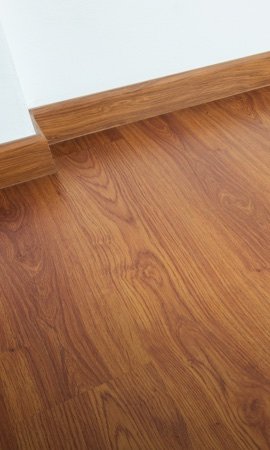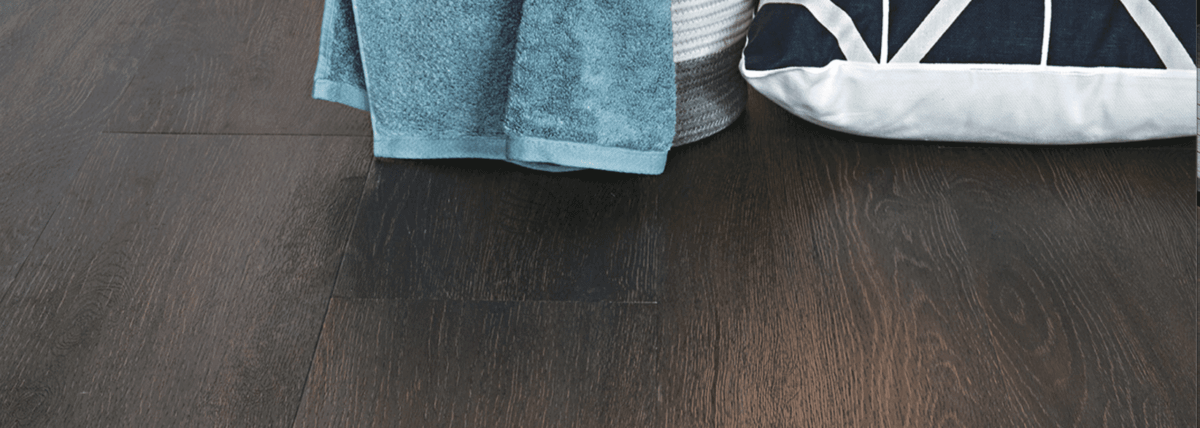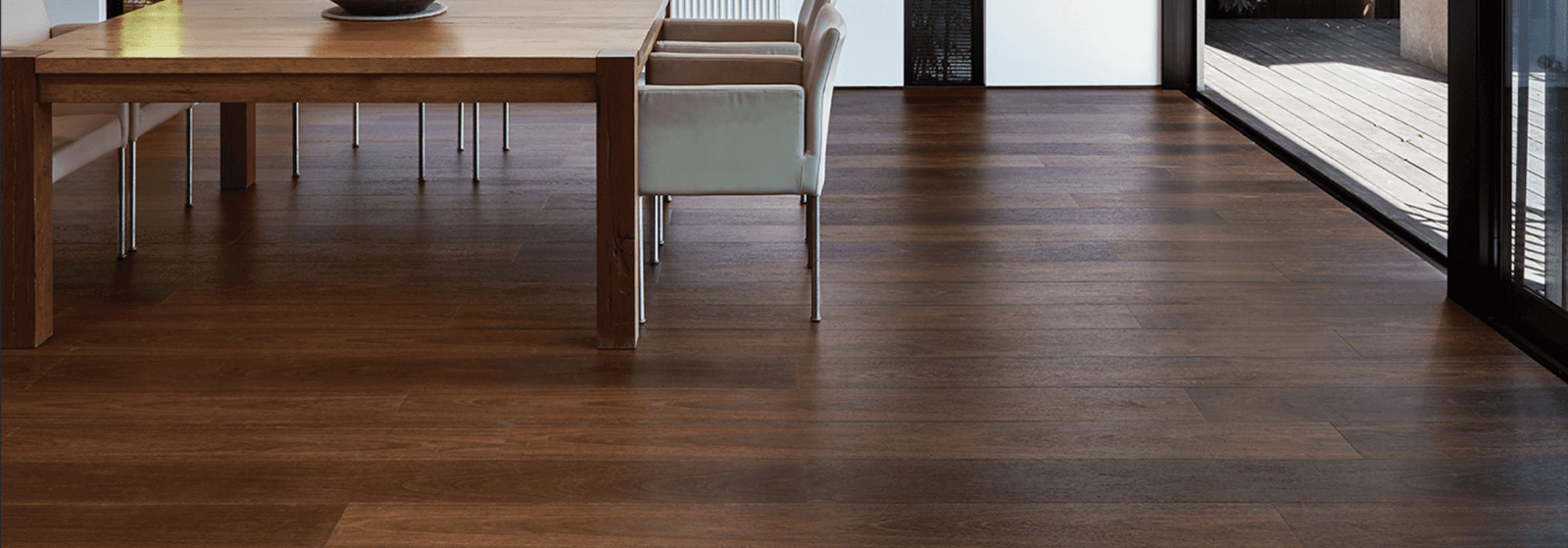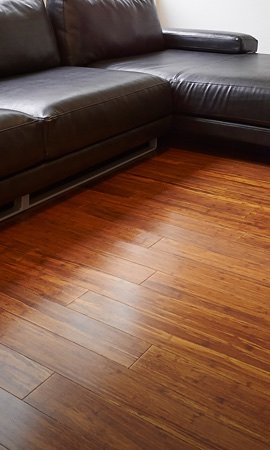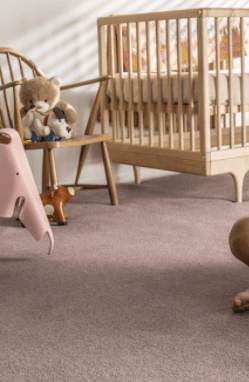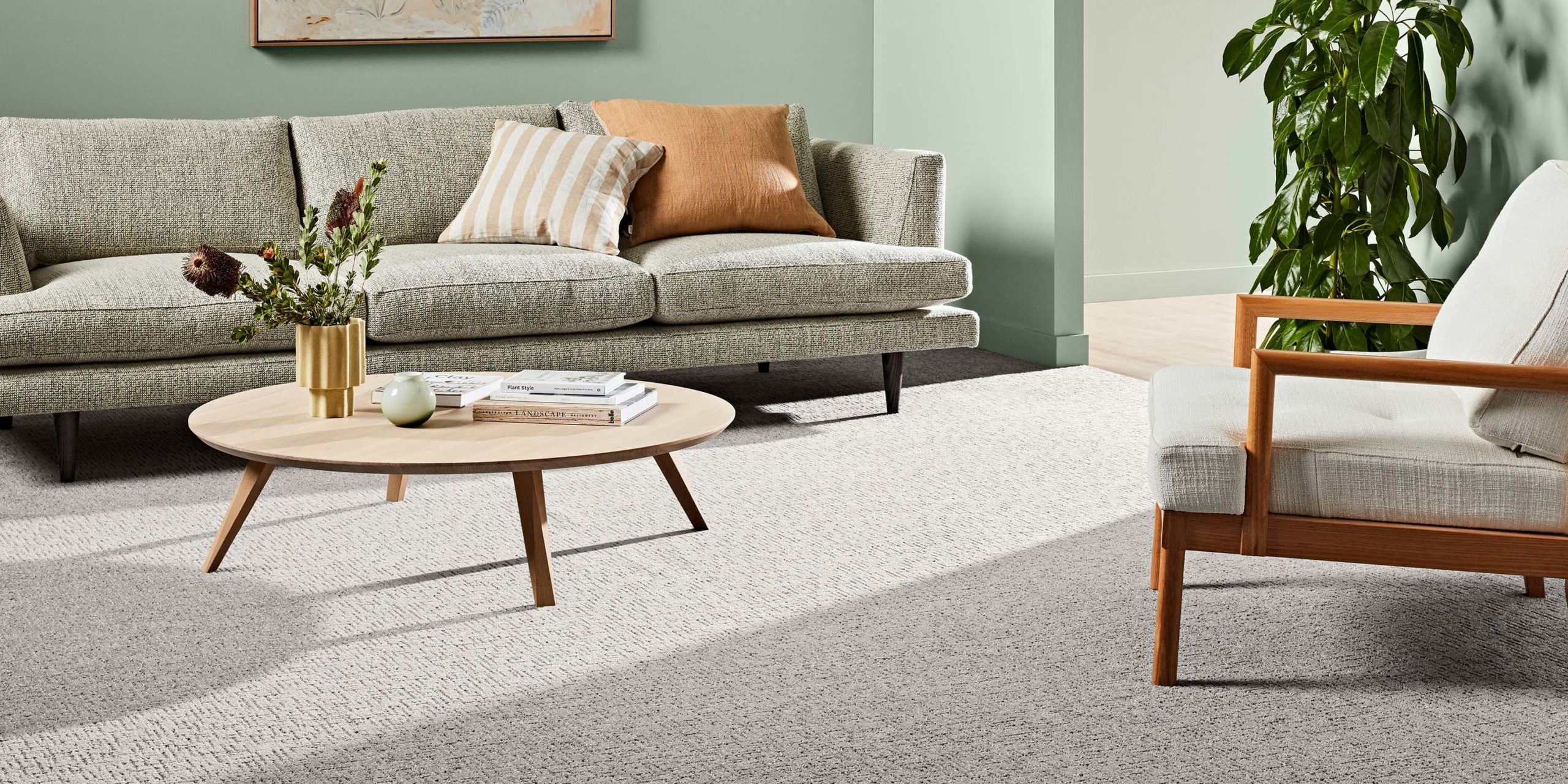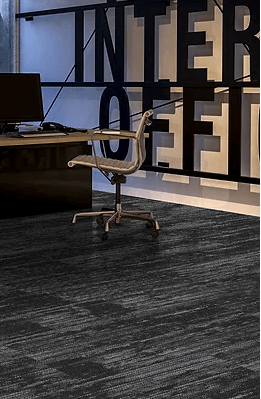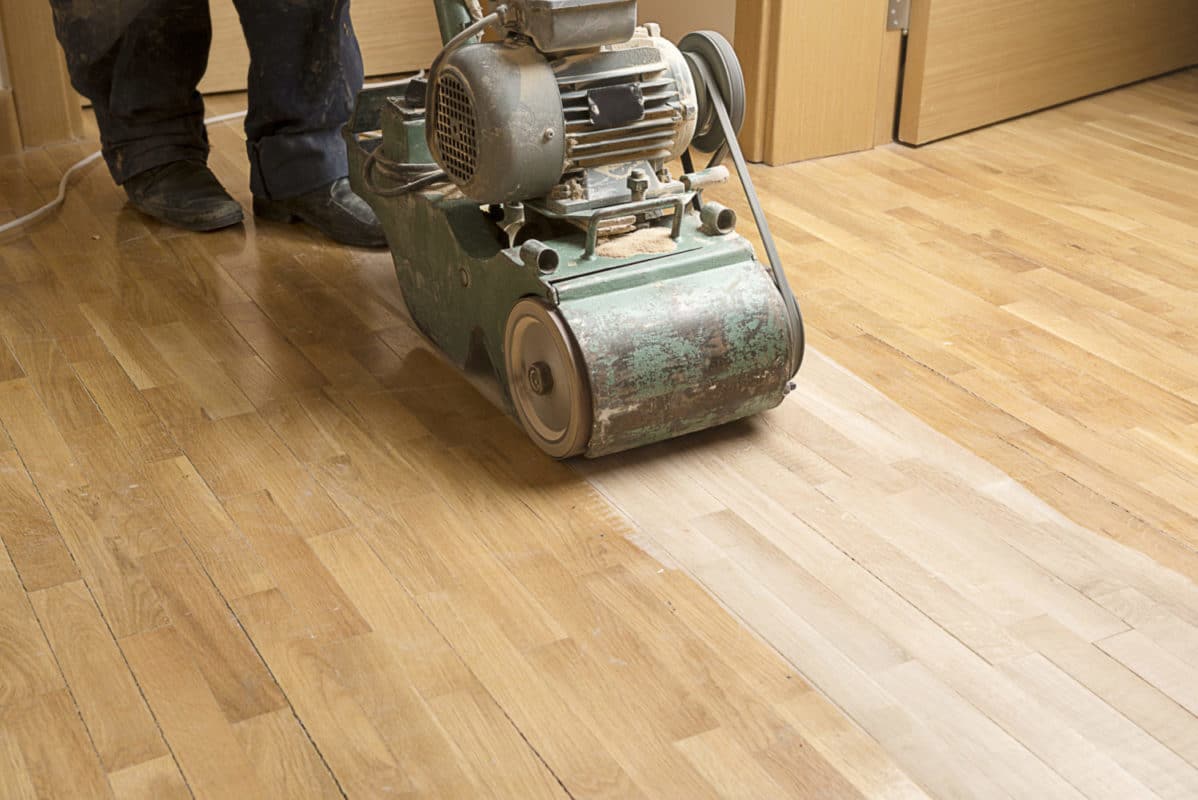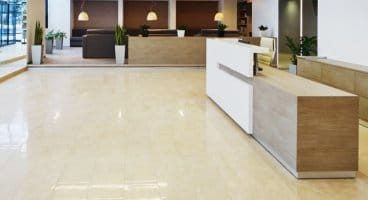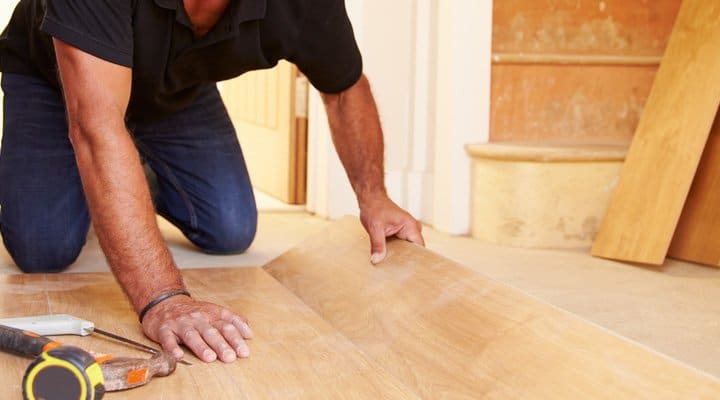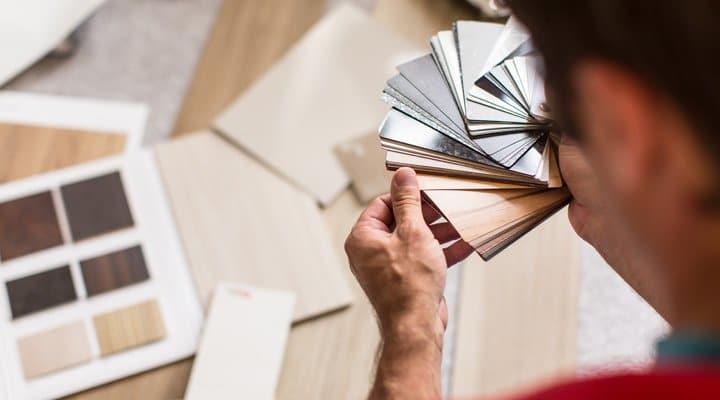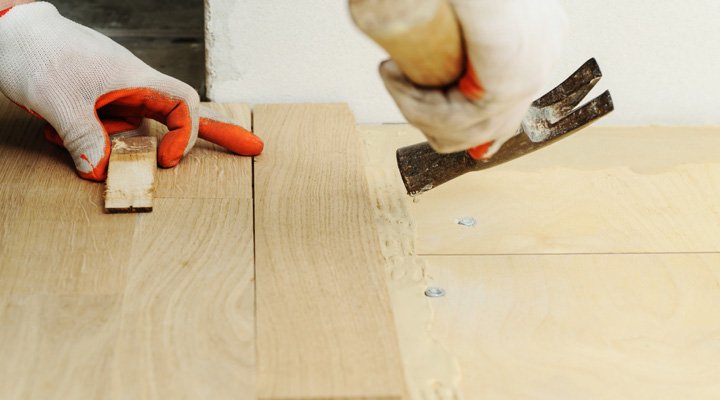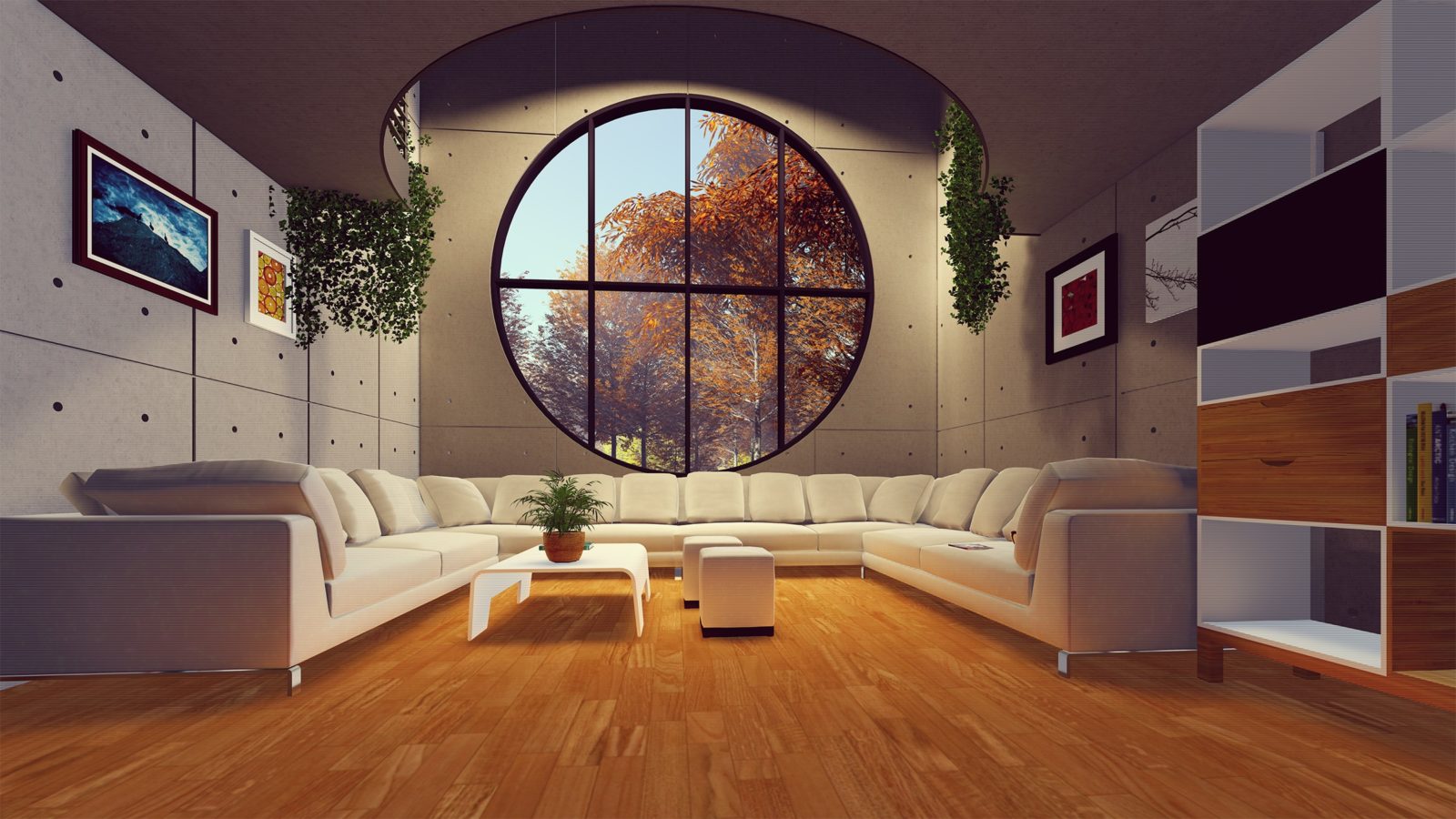

26 Feb Best Flooring Options
Best Flooring Options
If you’re reading this right now, you’re probably in the market for a new floor in your home or office. But where should you get started? SPC and WPC, engineered and solid, what do all of these terms mean?
Well, you’ve come to the right place! For almost 20 years, FloorVenue has helped thousands of customers like yourself find the best flooring options for their space. In this article, we’ll look at 7 types of flooring and go through their features to help you get started in finding the right one for you.
Solid Timber Flooring
Composition
As their name implies, solid timber floors are made of wood that has been cut, milled, and coated with a protective sealant to create sturdy and comfortable floorboards. We love solid timber because of its natural features, variation and warmth, and you can choose from a multitude of species that each have their own unique character. Solid timber floors are the traditional choice; they last a lifetime and gracefully age over time.
Benefits
- It’s comfortable – solid timber floors feel soft and ‘warm’ underfoot, which is particularly useful in high-use spaces like the living room!
- It adds class – solid timber floors are widely regarded as the most premium type of flooring on the market, owing to their timeless beauty and beautiful natural glow.
- It’s durable – solid timber floors are not only coated with a hard-wearing finish like polyurethane during installation, but can also be sanded down and refinished to reveal a pristine surface when they start to get worn down.
- It’s valuable – solid timber floors can be assets. Studies show that installing solid timber can increase a property’s resale value up to 2.5%, meaning it’s great for investment properties. Furthermore, solid timber is always rising in value over time.
Drawbacks
- It’s pricey – solid timber is generally the most expensive option when it comes to supply and installation, although it does help to increase your home’s value in the long run.
- It’s not waterproof – unlike some engineered timber (HydroPro Timber) and hybrid floors (discussed below), solid timber floors aren’t waterproof and extra care needs to be taken to avoid spills or accidents.
- It’s not as stable – the wood fibres in solid timber floors naturally expand and contract based on changes in temperature and moisture, which means that these floors require expansion gaps between floorboards and its perimeters, even at the doorways if the rooms are oversized to account for expansion or contraction.
Where we recommend solid timber flooring
Solid timber floors are a versatile, no-compromise flooring option that really shines when you want your home to have a premium feel. They’re suitable for almost any space that isn’t exposed to too much moisture, including living rooms, dining rooms, and bedrooms. Solid timber is perfect for family homes, larger properties or when looking to maximise the resale value.
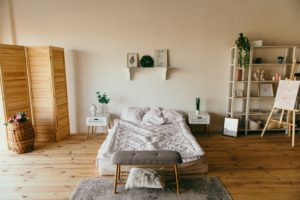

Engineered Timber Flooring
Composition
Many years ago, a clever engineer probably realised that since we only ever see the surface of a floorboard, why not reduce the thickness of the timber and add a cheaper, more stable substance underneath? And thus, the engineered timber floor was born.
Engineered timber floors consist of a thinner timber veneer layer that’s usually glued to a robust plywood core and coated with a protective finish. These layers work in tandem to produce a floor that not only looks and feels like real timber but is more stable and has a more affordable price.
Unlike solid timber floors, engineered timber floors are designed as floating floors, which means that you install engineered timber floorboards straight over your existing floor. If you’d like to learn more about floating floors, why not read our comprehensive guide to floating flooring.
Benefits
- It’s comfortable – as engineered timber floors have a timber surface, they’re virtually indistinguishable when it comes to comfort and ‘warmth’.
- It’s more affordable – engineered timber floors are cheaper to install because they’re designed to be floating floors, and cheaper to supply because they don’t use pricy timber in places that you don’t see.
- It can be waterproof – some engineered timber floors, such as the HydroPro range we stock here at FloorVenue, are almost 100% , if not 99% waterproof and can hold their own against any accidents.
- It’s durable – engineered timber floorboards come pre-finished with a hard-wearing protective coating at the factory, which tends to make them more scratch and stain-resistant than finishes that are applied after installation.
Drawbacks
- It’s not as long-lasting as timber – as engineered timber floors have a thinner layer of real timber, they can’t be sanded down and re-finished as many times as solid timber flooring, which limits their lifetime in the long run.
- It might off-gas – as with any floor that has a bonded construction (including laminate and hybrid flooring), engineered timber floors may emit VOCs (volatile organic compounds) that can cause respiratory irritation. This doesn’t affect all engineered timber floors though, so make sure to check the specific model that you’re thinking of buying.
- It’s still relatively pricey – although engineered timber floors are cheaper than solid timber, laminate and hybrid floors are more suitable flooring options if you’re on a budget.
Where we recommend engineered timber flooring
Engineered timber floors are a great alternative to solid timber floors and can give your space a similarly luxurious look at a lower price. Engineered flooring is often laid in apartments as a substitute to solid timber since they don’t need noisy nails for installation. They’re extremely versatile and can be used anywhere you want a first-class timber look, including the living room, dining room, and bedroom. The kitchen and bathroom aren’t left out either when you choose a waterproof engineered timber floor!


Laminate Flooring
Composition
Laminate floors use a multi-layer floorboard construction where a High-Density Fibreboard (HDF) core is sandwiched between a resin print surface and melamine base. Like engineered timber, laminate floors are installed as floating floors, which is particularly convenient if you end up wanting to change your floor again in the future.
Benefits
- It’s extremely affordable – laminate floors are one of the cheapest flooring options you can find on the market, which is surprising given their longevity!
- It’s extremely durable – laminate floors are coated with an extremely scratch-resistant finish, so they’ll definitely stand up to the rough-and-tumble of everyday life. Some options even come with some water resistance!
- It’s stylish – as laminate floors essentially have a printed surface, there is a plethora of designs (including timber species) to choose from.
- It’s more stable – as laminate floors don’t make use of timber in its natural form, they’re less susceptible to extreme expansion and contraction (which can cause buckling and creaking) during drastic changes in temperature.
Drawbacks
- It might not feel as comfortable – laminate floors are thinner than their solid timber and engineered timber flooring counterparts, which can mean that they don’t feel as solid underfoot.
- It might get damaged from leaks or spills – laminate flooring is not waterproof since it is still made up of wood materials. Although there are water-resistant options, there is no such thing as a waterproof laminate floor.
- It might suffer from pattern repetition – as laminate floors are artificially produced, you might encounter cases where the printed design is identical between floorboards. However, this is rare in modern laminate flooring models and isn’t too much of a worry.
Where we recommend laminate flooring
Laminate floors are great for those on a budget and renters who only want to temporarily renovate their space. They’re especially suitable for high-traffic areas like living rooms and hallways. Commercial-grade laminate flooring can even be used in offices.


Hybrid Flooring
Composition
Hybrid floors are fantastic – they take all the advantages of laminate flooring and add waterproofness to the mix. How, you may ask? The secret is that the particleboard core and melamine base is substituted with a PVC (polyvinyl chloride) composite.
Hybrid floors are differentiated into two types based upon this composite that is used to add rigidity to the floorboard. SPC (Stone Plastic Composite) floors combine the PVC with natural limestone powder and are generally thicker and cheaper, while WPC (Wood Plastic Composite) floors combine the PVC with recycled wood pulp and are generally more comfortable.
Hybrid floors are also designed to be floating floors, which reduces installation costs and eliminates the need for nails or smelly adhesives to stick them down.
Benefits
- It’s extremely durable – like laminate floors, hybrid floors are pre-finished with a hard-wearing coating that can withstand impacts and scratches.
- It’s stylish – hybrid floors also use a print layer, which means that designs are multitudinous and can range from timber to tile.
- It’s waterproof – hybrid floors are waterproof, so they’re a worry-free and practical choice for places like the bathroom and kitchen.
- It’s a package deal – hybrid floors are often pre-attached with acoustic underlay, which makes the buying process much easier.
Drawbacks
- It requires a very even subfloor – hybrid floors are very sensitive to subfloor unevenness. This may require a sanding job or levelling job, which can increase the total flooring job cost.
- It’s a little more expensive than laminate – hybrid floors use a core that is dearer than laminate flooring, although they’re still cheaper than solid or engineered timber floors
- It might suffer from pattern repetition – depending on the quality of flooring you purchase, the design printed on the floorboard may repeat too often.
Where we recommend hybrid flooring
If you like the flexibility and wide range of designs available with laminate flooring but would like waterproofness or a more premium feeling floor, hybrid flooring is for you. Hybrid flooring is extremely versatile and can be used in almost any room, spanning from the laundry to bedroom to kitchen.


Bamboo Flooring
Composition
Bamboo floors are a hardwearing flooring option that is made using bamboo grass – a sustainable material that grows quickly and in abundance. To make a bamboo floor, bamboo grass is shredded and bonded together at high temperatures and pressures before being coated with a finish. There are three varieties of bamboo floors, which differ based upon how they are pressed: horizontal (which usually shows more of the unique bamboo ‘grain’), vertical (showing less of the ‘grain’), and strandwoven (more expensive, but is stronger due to the interlocked bamboo fibres).
Bamboo floors are a floating floor design, which means that it’s easy and cheap to install.
Benefits
- It’s extremely durable – not only are bamboo floors coated with a scratch-resistant finish, but the hard bamboo fibres also add impact-resistant to the floor.
- It’s more economical – compared to solid timber, it’s less costly to install and means that you have more money to spend on the other things you love.
- It’s environmentally friendly – as bamboo is a renewable and natural substance, these floors have a lower ecological impact and are better for the environment than man-made alternatives like hybrid and laminate floors.
Drawbacks
- It’s not waterproof – although bamboo floors can be water-resistant, they’re not waterproof and should be used with caution in spaces like dining and kitchen.
- Its design is polarising – bamboo floors have a unique, contemporary grain that is love-or-hate, so make sure you like the design and order samples before you commit.
Where we recommend bamboo flooring
Bamboo floors are a fantastic choice for the environmentally conscious and those looking for a contemporary feel for their home. The superior durability of bamboo floors lends itself to usage in high-traffic areas like the dining and living room. Even your pets will love the natural aesthetic!


Tile and Stone Flooring
Composition
Tile and stone floors are the pinnacle of durability and toughness; not only are they completely waterproof, but they’re solid enough to withstand almost any impact you can throw at them. Tile floors are usually made from either porcelain (denser, but also more expensive) or ceramic (softer, and less expensive), while stone floors are made of a patented formula that includes limestone powder.
Benefits
- They’re waterproof – a good reason why tile and stone floors have been the quintessential floor in kitchens and bathrooms!
- They’re easy to clean – a hard, non-porous surface makes it a breeze to wipe away any spills and accidents.
- They’re stylish – tile and stone floors come in a wide variety of designs, with some even being able to mimic timber!
Drawbacks
- They can be uncomfortable – tile and stone floors are very hard, and can be uncomfortable in spaces where you’re constantly on your feet.
- They can be slippery – depending upon the texture of the tile or stone floor, they can be quite slippery when wet.
Where we recommend tile and stone flooring
Tile and stone floors are a trendy and versatile option for your home or office. However, as they’re quite hard, we would usually only recommend tile and stone floors for high-moisture areas such as the kitchen, laundry, and bathroom.



